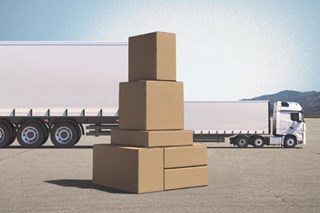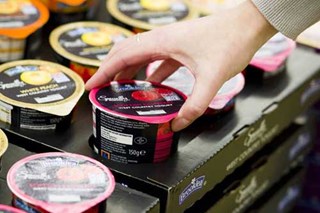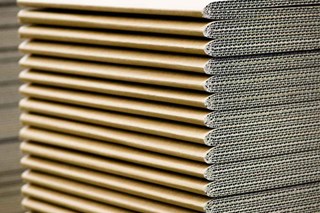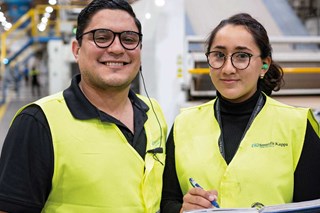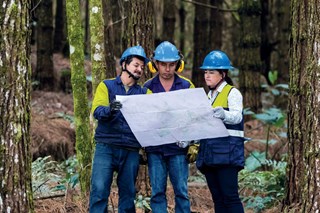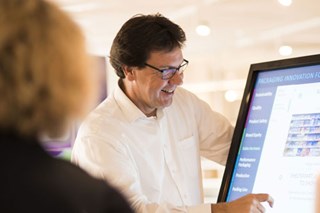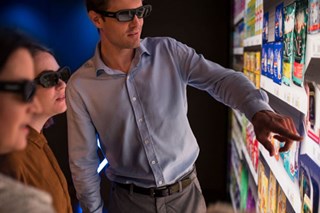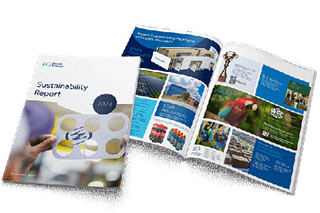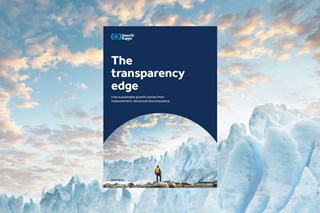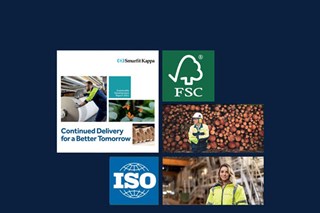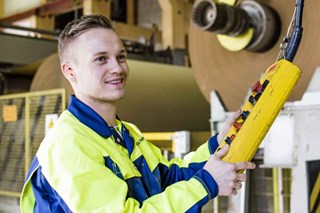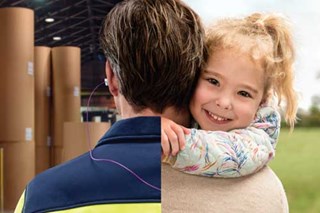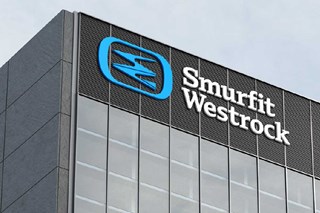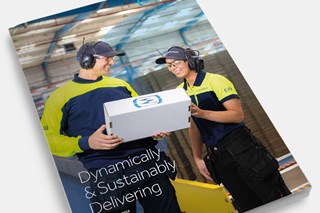Family name continues in robust market
Tony Smurfit, COO, talks to Waqas Qureshi at 'Packaging News' and shares his views on Smurfit Kappa and the packaging industry.
Tony Smurfit, president and chief operations officer at Smurfit Kappa, was born into the corrugated packaging industry. His grandfather, Jefferson Smurfit, bought a box-maker in Dublin in 1938, which grew under the leadership of the founder’s son, Sir Michael Smurfit.
Following significant expansion in the US and Europe, and the divestment of Smurfit’s US interest in Smurfit Stone in 2002, the company was constructed into its current form of Smurfit Kappa Group. Today the company has 42,000 employees and operates in 32 countries.
Packaging News caught up with Smurfit to get his thoughts and views on the company and the industry.
What are your first recollections of working at Smurfit Kappa?
One of my earliest memories was summertime in Kentucky in 110 degrees heat at the back of a line each morning in a sheet plant assembling boxes by hand. I saw what staff went through every day, the difficulties they experienced, how tiring it was, the health and safety concerns, etc. I got a real insight into the business at an early age through this summer.
When did you make the step up to management?
I completed a company graduate programme and was soon running a small plastic bags plant just outside London which was owned by the company. We do the same thing now; grooming young managers in smaller sheet plants.
How did you learn and grow within the company?
I worked for two years as the PA for the president of the US company. This is a role offered to many young managers within the Smurfit Kappa Group as it allows them to interact closely with senior managers. It’s a combined administrative and managerial role. Today all our European corrugated managers have a PA, and a lot of our former PA’s are now running plants, countries or regions.
What impact did the recession have on the company?
The first few months of 2008 were extremely difficult. It was not so much a lack of demand, it was a supply chain issue – our customers contracted their supply. If demand went down by 5% then it was actually more like 10% because we weren’t selling to the supply chain. It made it extremely difficult. We were quite leveraged with €3.5bn of debt – that was perfectly fine until the day the world said ‘no more debt’ – so we had to take a very strong approach to capital spend reduction and, at the same time, reduce costs in our supply chain to manage through this period. We are currently leveraged at 2.3 times and headed towards 2 times which we feel is a very comfortable area and reflects the success of our investments.
Describe the company’s objectives
Our priority is safety – we want every single employee to come to work in the morning and go home safely at night.The number two priority is for the company to be a good place to work – a company where you would be very happy for your mother to work there! Thirdly, we are in business to make money so we need to get a return for our shareholders, by return on capital, cash flow for re-investment, dividends and future acquisitions
Figures show a rise in profits – 6% growth and 14% margin expansion. Can you expand on this?
The success of Smurfit Kappa is primarily down to its people. If you look at the company, people generally don’t leave us. We achieve these margins through constant cost reduction. This year we are investing €420m. In general I would say that the company is doing pretty well.
Are you actively looking for acquisitions?
Yes. We did a €20m deal for a firm in Corby. It is very skilled, has excellent people, and delivers high quality print. In the UK we had a small lack of pre-print capability, which this deal addressed. Part of our structure is to make sure we are out of harm’s way with regards to debt – and we believe we are pretty well there – our debt is now €2.6bn, we have paid circa €800m off our debt over the last five years. Additionally, we have a share dividend of €105m this year – a 60% increase in last year. Our capital structure allows us to invest €420m in our business. This year we would have spent €20m on equipment in the UK.
Describe the company’s challenges
The corrugated sector is very robust and dynamic. Competition is fierce, we are threatened from time to time with competing products such as plastic crates. We are also threatened with the dynamics of retailers themselves being under pressure, who look to push costs our way.
Describe the environmental credentials of this industry
All the statistics show that for the environment, corrugated is a much better product than a plastic crate. It’s recyclable, you don’t need to wash it and so don’t need to use water. The ultimate person is the consumer. At the end of the day, it’s the consumer who has to care.
Describe the markets you operate in
We operate in the Americas and Europe – we don’t have anything in the Far East, Middle East or Africa at the moment. We have a number of acquisitions in the pipeline in Latin America; that may or may not happen. Eastern Europe is attractive because it has potential for growth. We are quite small in America, with just two box plants both in California. The American market offers opportunities for us. There is a lot more technology in boxes in Europe than there is in America, which is a little bit more commodity-orientated.
Is so-called ‘smart’ packaging the way forward?
There is unquestionably a move towards more shelf-ready packaging. It is far easier to put a box straight onto a shelf. Additionally, shoppers often go to supermarkets to pick up a few items such as milk and bread and come home with many more! That is because something has attracted them while walking past the shelves. More colours and better design is an increasing trend. Discount retailers started this trend and it is spreading across the mainline retail industry.
It must be both daunting and satisfying to lead such a big company in this sector
I am very proud of what my grandfather and father and the current management team have achieved. They have built a great company! You feel a great sense of responsibility when you are in the position that I am in – a responsibility to make sure you lead the company in the correct way. Every decision I and the rest of the management team make affects the lives of our 42,000 employees. For that reason we have to ensure that the tremendous culture and legacy we have been entrusted with continues.

